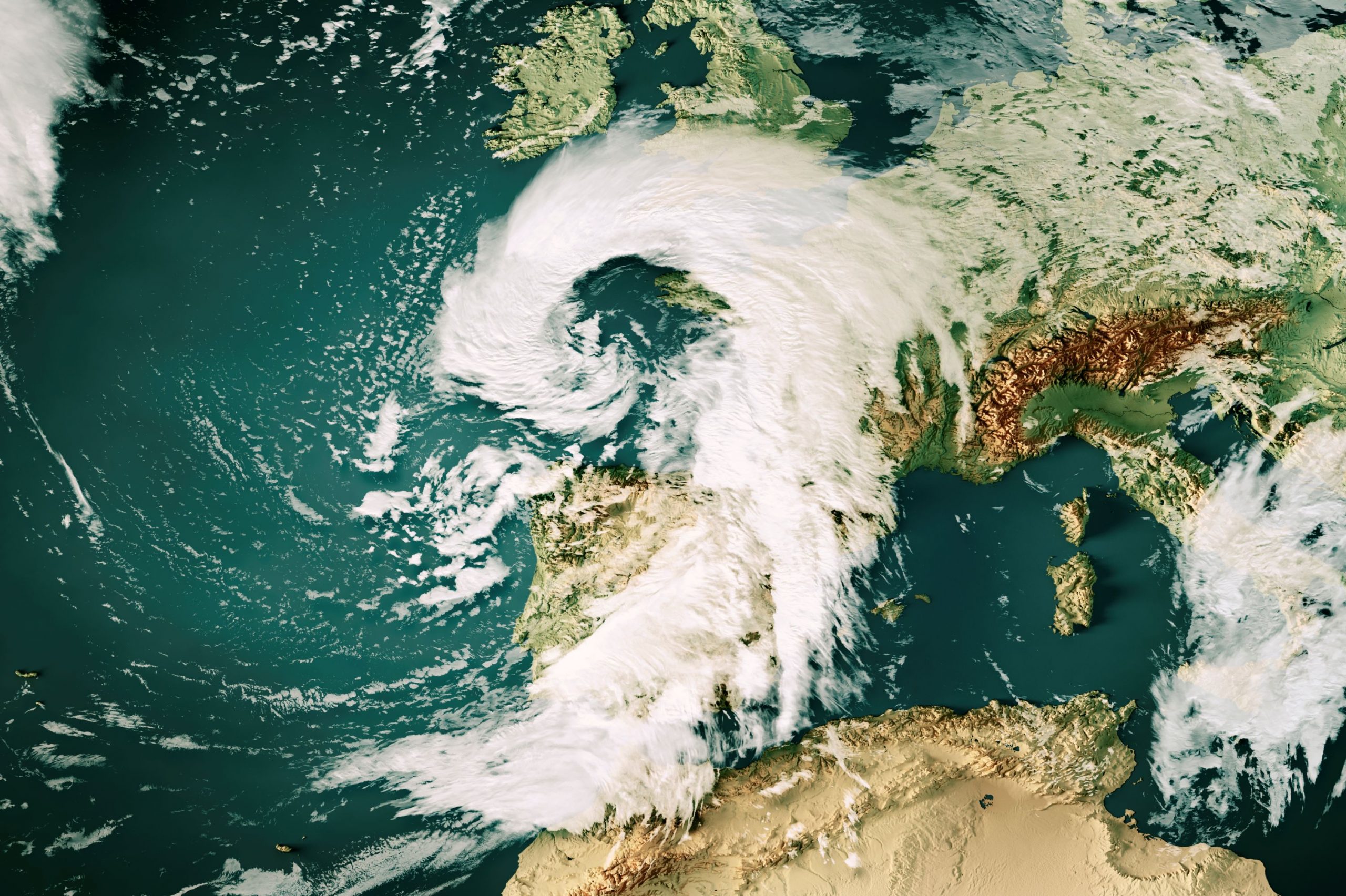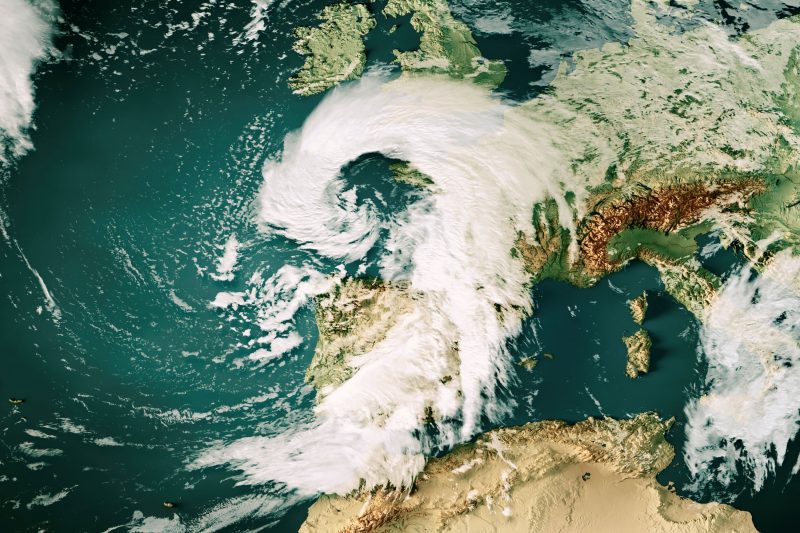
One step ahead of the weather – data for more accurate forecasts
Unpredictable weather calls for new solutions
Climate change is exacerbating extreme weather conditions: longer and more intense heat waves and heavy rainfall events have serious socioeconomic consequences. Earth observation satellites are usually either in a sun-synchronous orbit, which means they only provide data for an area at the same time of day, or in a geostationary orbit, which allows observation of an area of the Earth around the clock, but only with a very low resolution of often only several kilometers. DIEGOSat can capture daily dynamics with high spatial resolution, especially for latitudes between 45 and 60 degrees, with three consecutive flyovers in a time window of approximately 5 hours.

Climate data measured several times a day for better forecasts
DIEGOSat provides important climate variables such as land surface and sea surface temperature (LST, SST), emissivity, evaporation (evapotranspiration), and cloud surface temperature several times a day. This allows heat warnings to be issued more accurately, fog to be detected early, and radiation and energy balances to be calculated more precisely. For weather forecasting, this means more accurate short-term and daily forecasts, better modeling, and improved prediction of extreme events.

Multispectral measurements with maximum accuracy
The satellite has multispectral sensors ranging from visible light and near infrared (VNIR) to thermal infrared (MWIR/LWIR). With up to three measurements per day between 45 and 60 degrees latitude (including Germany), daily temperature and evaporation patterns can be recorded – a gap that no current mission is able to fill in this form. The accuracy of the temperature measurement is less than 0.5 Kelvin, which is better than many commercial systems.
